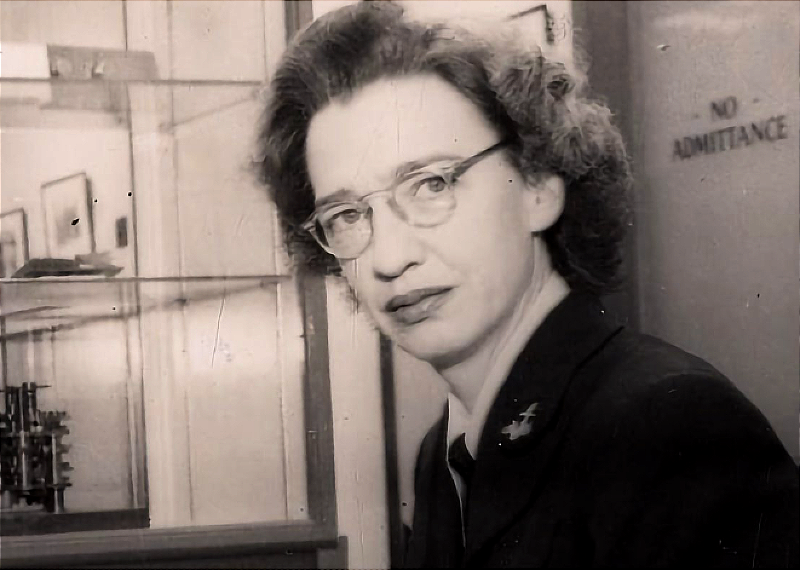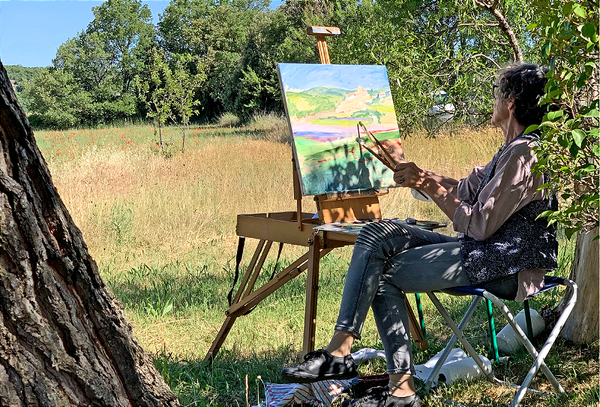Farmers used to use barbed-wire fences as a phone network

Hi everyone! Mathew Ingram here. As many of you probably know, I am able to continue writing this newsletter in part because of your financial help and support, which you can do either through my Patreon or by upgrading your Ghost subscription to a monthly contribution. I enjoy gathering all of these links and sharing them with you, but it does take time, and your support makes it possible for me to do that. And I appreciate it, believe me! If you like this newsletter, please share it with someone else, and thanks for being a reader.

From Lori Emerson: "In need of a practical way to overcome social isolation; communicate emergencies, weather, and crop prices, farmers began to take advantage of the growing ubiquity of both telephone sets and barbed wire fencing. They would hook up telephones to wire strung from their homes to a nearby fence; at the time, telephones had their own battery which produced a DC current that could carry a voice signal; turning a crank on the phone would generate an AC current to produce a ring at the end of the line. These networks had no central exchange, no operators–and no monthly bill. Instead of ringing through the exchange to a single address, every call made every phone on the system ring. Soon each household had its own personal ringtone…but anyone could pick up. Reportedly, the quality of the signal traveling over the heavy wire was excellent, but weather would frequently cause short circuits."
An elite rock climber lost his vision so he found a way to climb blind

From the Washington Post: "Molly Thompson craned her neck so she could make out the man climbing the tower of red rock. Squinting into the desert sun, she tried to identify a crack he could grab on to or a ledge wide enough for his foot. The climber, struggling to keep his grip, was her husband, Jesse Dufton. His left arm trembled from the effort. His foot probed for a more secure hold, but found nothing. “A little bit higher there should be a foothold,” Molly said into a headset. When Jesse extended his foot again, it missed the tiny outcropping. He returned his foot to its original position and tiptoed on three millimeters of quartzite, 200 feet above the ground. He did not look down. He did not look anywhere. Jesse has advanced rod-cone dystrophy. Put another way: He is completely blind. And another: He is one of the world’s few elite blind rock-climbers."
How you can make millions of dollars as a professional whistleblower

From GQ: "A man named Richard Overum has just escorted me from the lobby to brief me on my new identity. My directive: Embody a high roller. A man capable of signing a check for millions of dollars at a moment’s notice. And, most important, a man looking to make an investment. I need to look perfect, Overum explains. Because tonight, I’ll be shadowing him on a sting. Richard Overum is not a member of law enforcement or a government official. He’s something else: a rarefied practitioner in a line of work he’s all but created for himself. Tucked into the Dodd-Frank Act, which Congress passed in the wake of the Bernie Madoff scandal and the economic calamity of the late aughts, are provisions meant to encourage people who spot signs of potential financial wrongdoing to come to the government with information. The incentive? If the agencies take action based on a tip resulting in sanctions in excess of $1 million, the law says, whistleblowers can earn 10 to 30 percent of what’s collected."
A long-lost lecture from legendary computing pioneer Admiral Grace Hopper

From Muckrock: "In a vault at the National Security Agency lies a historical treasure: two AMPEX tapes containing a landmark lecture by Admiral Grace Hopper. Hopper, a mathematician, was instrumental in developing early computing technologies. Her work on the Harvard Mark I computer; the invention of the first compiler; and her contributions to the creation of the COBOL programming language are just a few of her accomplishments. The lecture, recorded in 1982, at the NSA’s Fort Meade headquarters, and stored in the video archives of the National Cryptographic School, offers a rare glimpse into the mind of a pioneer who shaped the very fabric of technology. Yet this invaluable artifact remains inaccessible, trapped in an obsolete format that the NSA will not release, stating that the agency is unable to play it back." Update: The lecture has been posted to YouTube. (Thanks for this, David Weinberger!)
Why use many streetlights when just one Moonlight Tower will do?

From Texas Time Travel: "Before streetlights were ubiquitous, some cities like Austin, Texas used what they called Moonlight Towers to generate light in the evenings. Each of these towers, built between 1894 and 1895 by the Fort Wayne Electric Company, are constructed of a triangular-shaped cast and wrought iron framework and topped with a cluster of six lamps designed to shower a “moon-like” glow upon everything within a 3,000-foot diameter circle below. The original lamps were carbon arc, requiring workmen to light or extinguish two pieces of carbon that produced the illumination. The workmen accessed the clusters twice daily via a small, hand-operated elevator that ran up the center of each tower’s framework. Eventually, incandescent lighting and then mercury vapor lamps were used, allowing for the installation of an on/off switch. Originally, 31 of the 165-foot tall towers were built, and 15 are still in operation."
Bald eagle gets an osprey to drop a fish and then dives to retrieve it
Bald Eagle steals fish from Osprey and recovers it with super fast nose dive pic.twitter.com/98qBNrsbTx
— Nature is Amazing ☘️ (@AMAZlNGNATURE) September 2, 2024
Acknowledgements: I find a lot of these links myself, but I also get some from other newsletters that I rely on as "serendipity engines," such as The Morning News from Rosecrans Baldwin and Andrew Womack, Jodi Ettenberg's Curious About Everything, Dan Lewis's Now I Know, Robert Cottrell and Caroline Crampton's The Browser, Clive Thompson's Linkfest, Noah Brier and Colin Nagy's Why Is This Interesting, Maria Popova's The Marginalian, Sheehan Quirke AKA The Cultural Tutor, the Smithsonian magazine, and JSTOR Daily. If you come across something interesting that you think should be included here, please feel free to email me at mathew @ mathewingram dot com



